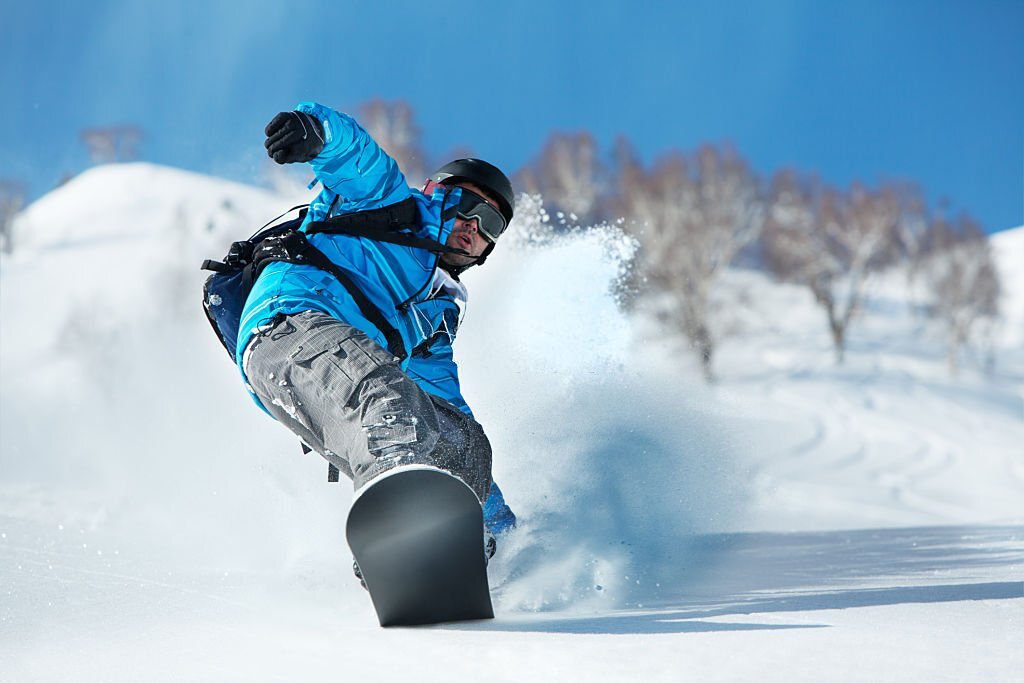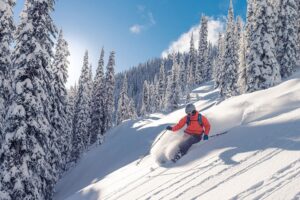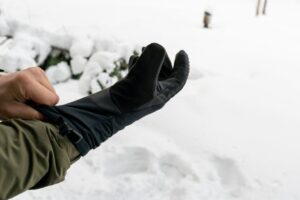
Skiing is a popular winter sport that attracts people of all ages and skill levels. Whether you’re a seasoned skier or a beginner, it’s essential to dress appropriately for the sport. The right clothing can make all the difference when it comes to staying warm, dry, and comfortable on the slopes. In this article, we’ll explore what to wear skiing to ensure that you have a fun and safe experience.
Base Layers
The first layer of clothing is the one closest to your skin and is known as the base layer. This layer should be made from moisture-wicking material that will keep you dry and comfortable. Synthetic fabrics like polyester or merino wool are popular choices for base layers. These fabrics are designed to wick sweat away from your skin and keep you dry even during intense physical activity. Avoid cotton as a base layer, as it tends to hold onto moisture and can make you feel damp and cold.

Clothing that are specifically designed as base layers will be able to wick any moisture away from your body for long periods of time. The factor to look at is the type of fabric you are selecting; wool is usually the best choice. Your base layer doesn’t need to be thick and warm, that’s the role your outer layers will play so, it is more important that you feel comfortable in your base layer.
Mid Layers
The mid layer provides insulation and helps to trap heat close to your body. This layer should be thick enough to keep you warm, but not so thick that you overheat. Fleece and down are popular options for mid-layers. Fleece is lightweight and breathable, while down is incredibly warm and compressible. Make sure to choose a mid-layer that fits snugly, but not so tightly that you can’t move freely.
If this isn’t your first time being outside in the cold then you chances are you already own a puffy down or synthetic jacket. This makes for a great insulating layer and while it is common to use sweaters or fleeces, they also tend to be on the bulkier side. Continue avoiding cotton here as even your insulating layer might get wet when out in the snow.

If you find that your legs often feel cold while skiing or snowboarding, you might want to invest in insulated puffy knicker pants as well. Insulating layers aren’t just for your upper body, there are lots of options in the market that help to keep your lower body warm as well. When choosing layers, always keep in mind that you want to feel comfortable while keeping your layers as minimally bulky as possible. Bulky clothing tends to restrict movement which is not something you want while trying to maneuver your skis or board.
Outer Layer
The outer layer is the final line of Wear Skiing defense against the elements. This layer should be made from waterproof and windproof material that will keep you dry and protected from the wind. Gore-Tex and other high-tech fabrics are commonly used for ski jackets. Look for a ski jacket with a hood to provide extra protection from the wind and snow.
Pants
Ski pants are designed to keep you warm, dry, and protected from the elements. Look for pants that are made from waterproof and windproof material, such as Gore-Tex, to ensure that you stay dry even in wet conditions. Make sure that your ski pants fit well, allowing for full range of motion, but not so loosely that snow can get in. Some ski pants also come with zippered vents to help regulate your temperature, which is a great feature for those who tend to get warm quickly.
Gloves

Ski gloves are essential for keeping your hands warm and protected from the cold. Look for gloves that are made from waterproof and windproof material to keep your hands dry in wet conditions. Insulated gloves are also available for extra warmth. Make sure that your gloves fit snugly, but not too tightly, to allow for full range of motion. It’s a good idea to have a backup pair of gloves in case your first pair gets wet.
Gloves also gives you a bit more room to choose between having more warmth or flexibility. Thicker gloves helps to keep the cold away but you’ll have to exert more effort to do delicate things like adjusting your goggles, zipping your jacket, etc. You can always opt for thinner gloves but then your hands might get colder faster. Try to find a middle point between warmth and manoeuvrability for the best result.
Hats and Neck Warmers
Hats and neck Wear Skiing warmers are important for keeping your head and neck warm, which are critical areas to protect from the cold. Look for a hat that covers your ears and is made from warm, insulating material. A neck warmer that can be pulled up over your mouth and nose is also a great option to provide extra protection from the cold.
Sunglasses or Goggles
Sunglasses or goggles Wear Skiing are essential to protect your eyes from the sun and wind. Look for glasses or goggles with polarized lenses that reduce glare and provide clear visibility in bright light. Make sure that your glasses or goggles fit snugly, but not too tightly, to prevent them from fogging up.
Socks
Ski socks are designed to keep your feet warm and dry. Look for socks that are made from synthetic material, such as polyester or merino wool. You should look at investing in specific brands of socks made for skiing or snowboarding, they should be thin and moisture-wicking to help keep your feet dry. Thinner socks also allow for better blood circulation, allowing your feet to remain warn even when on the slopes for hours.

 About the author
About the author